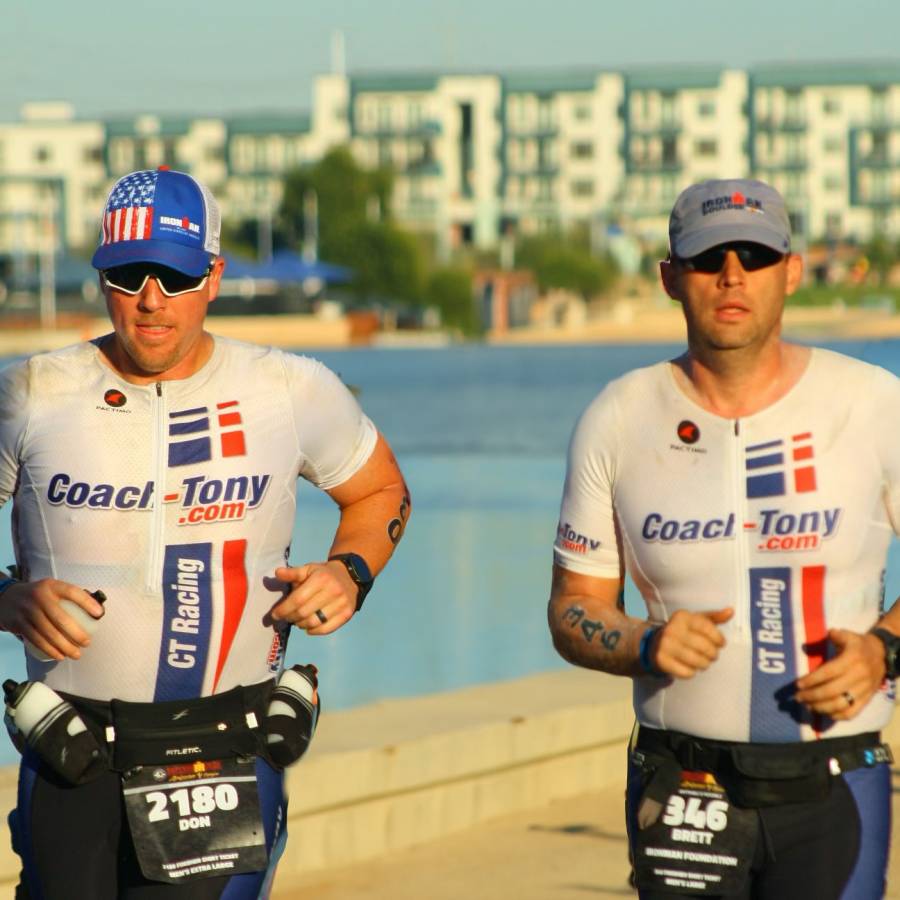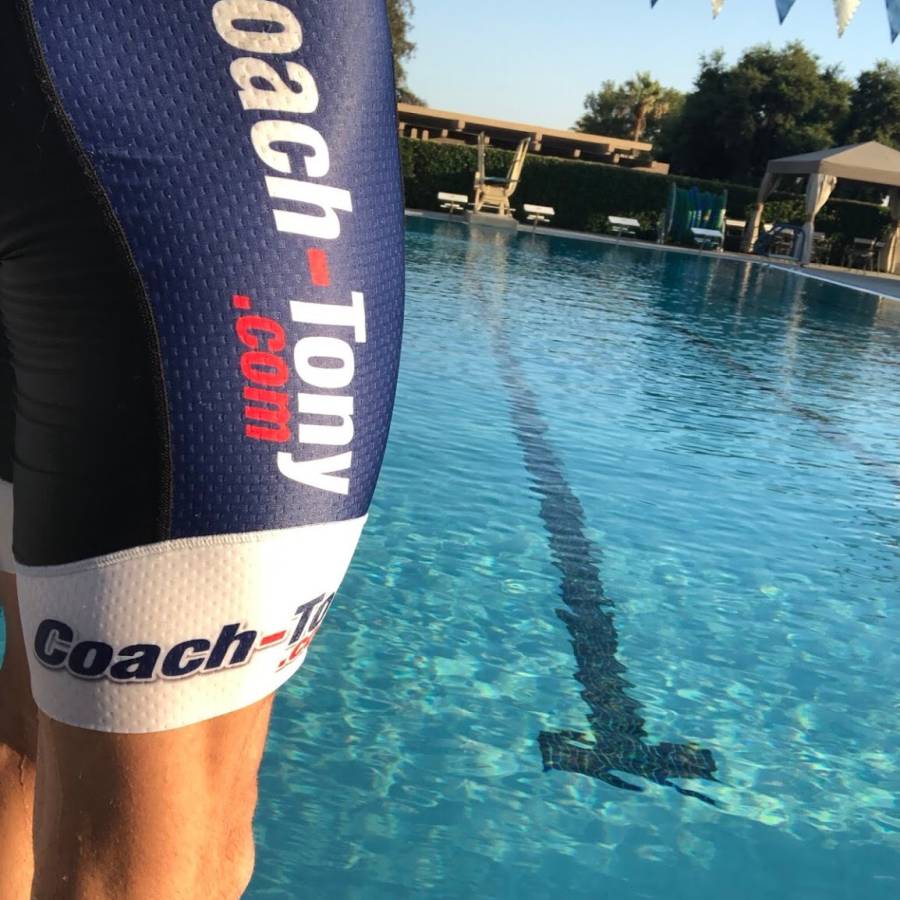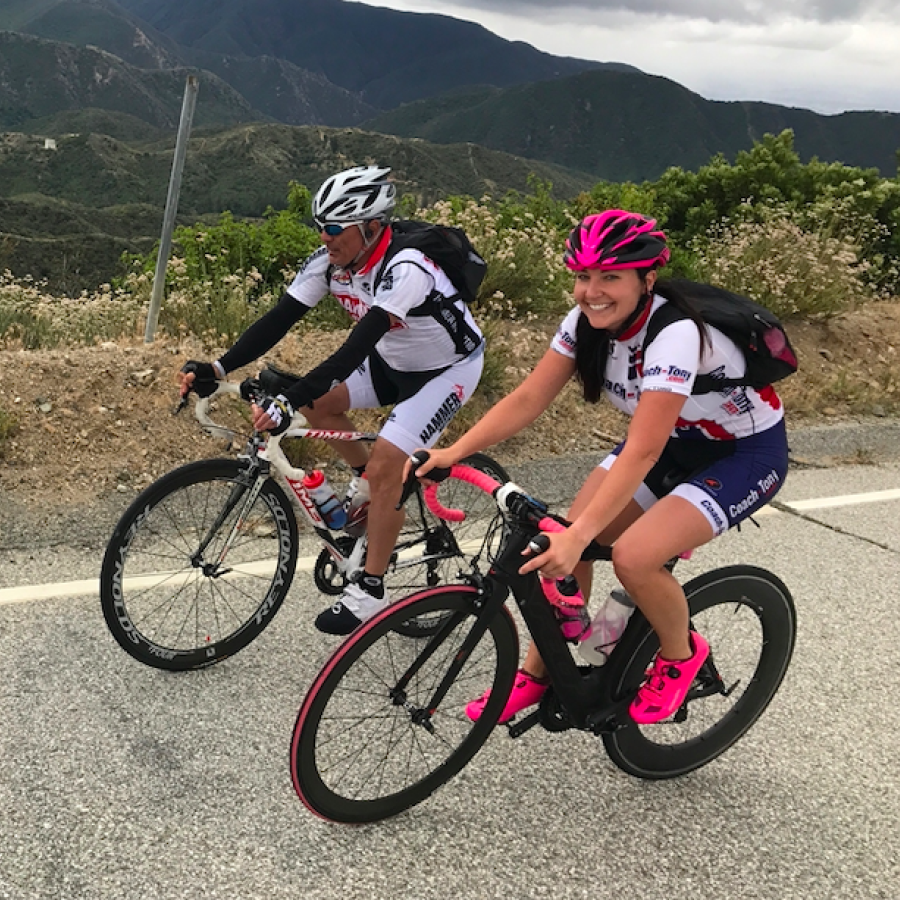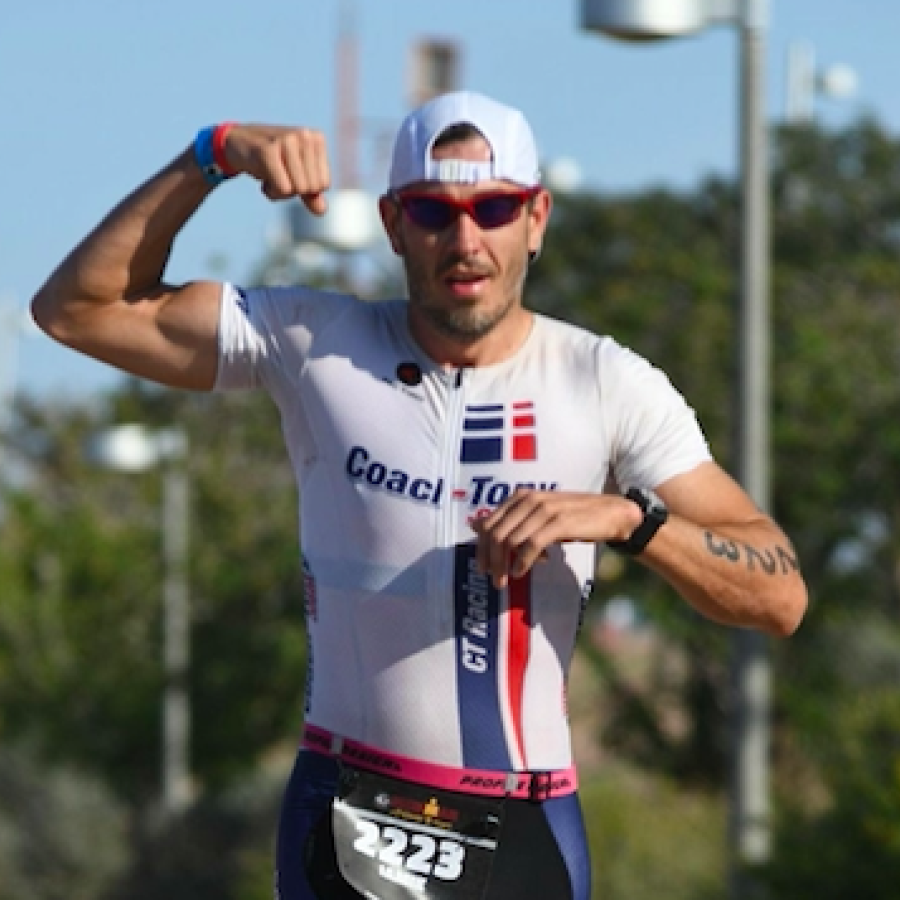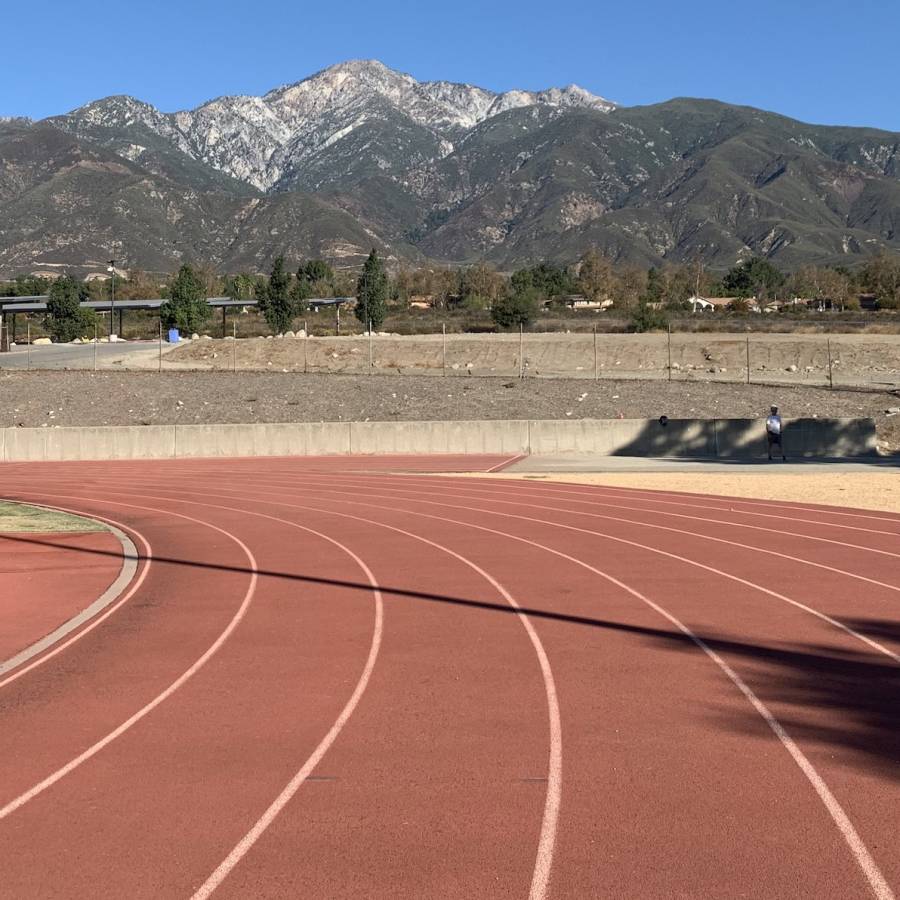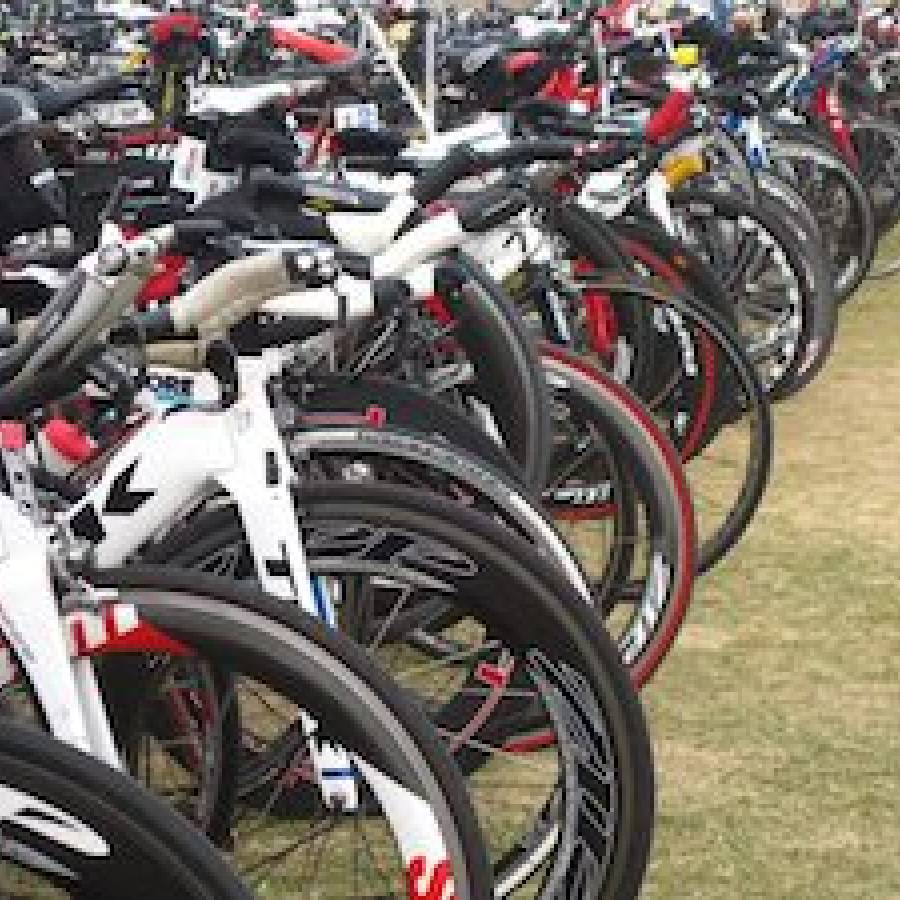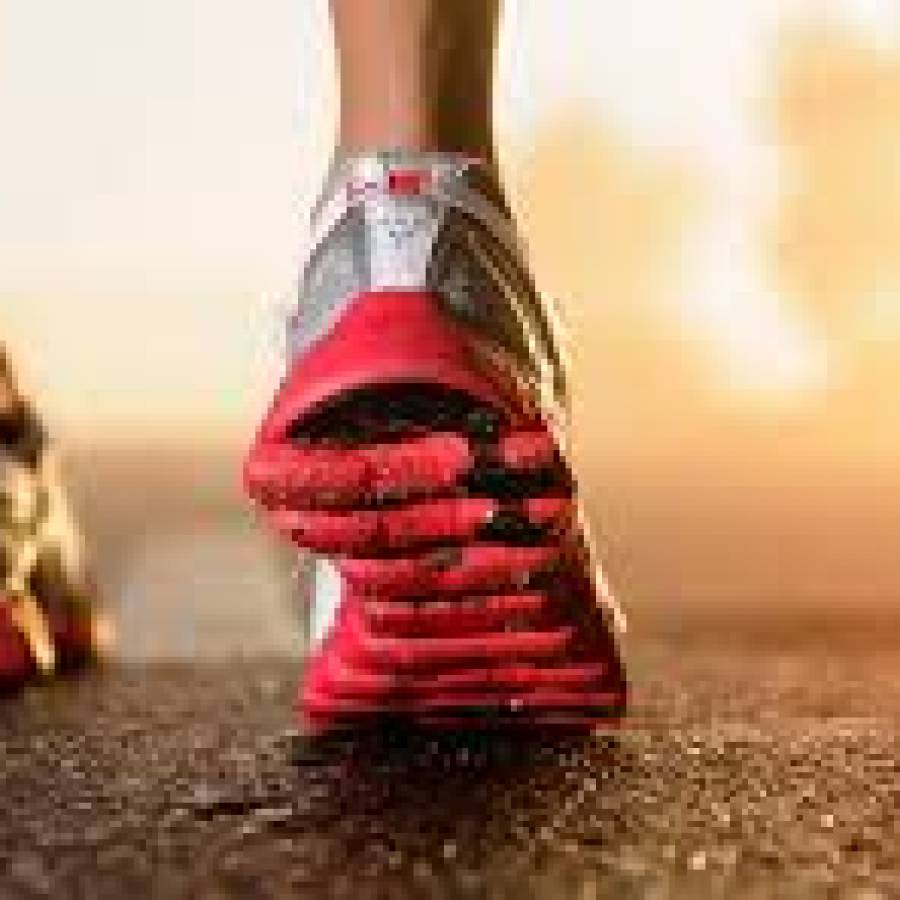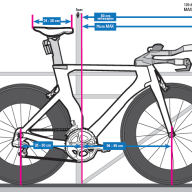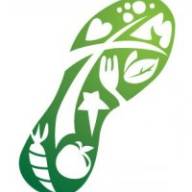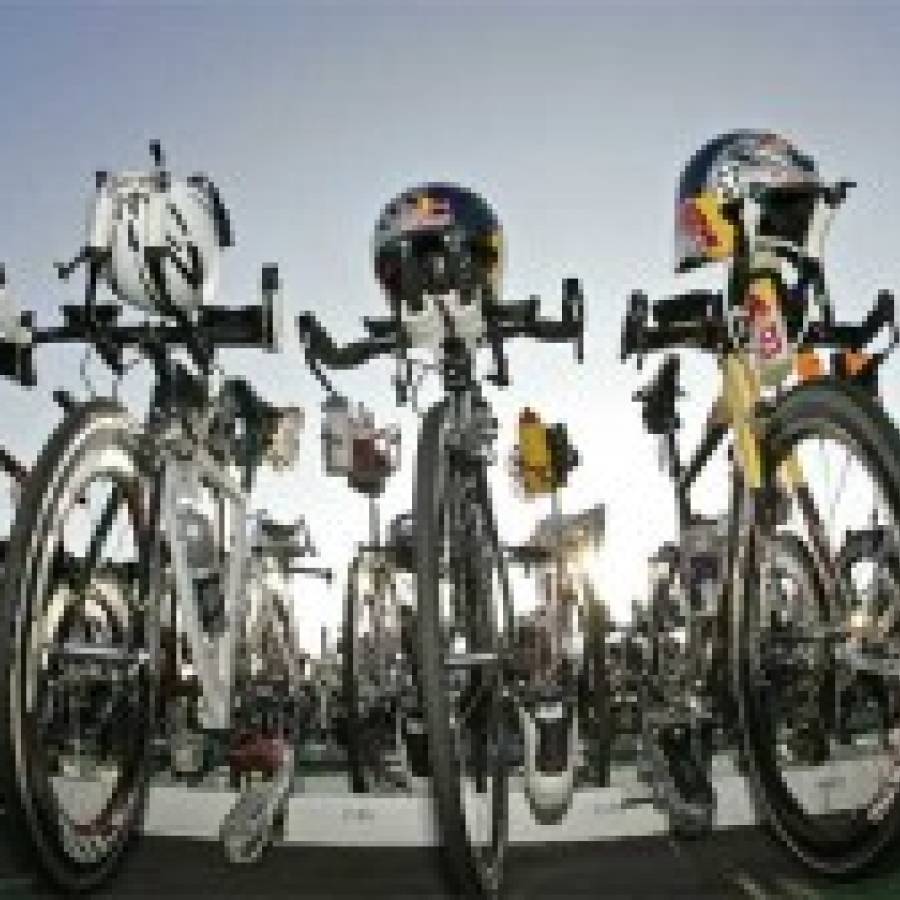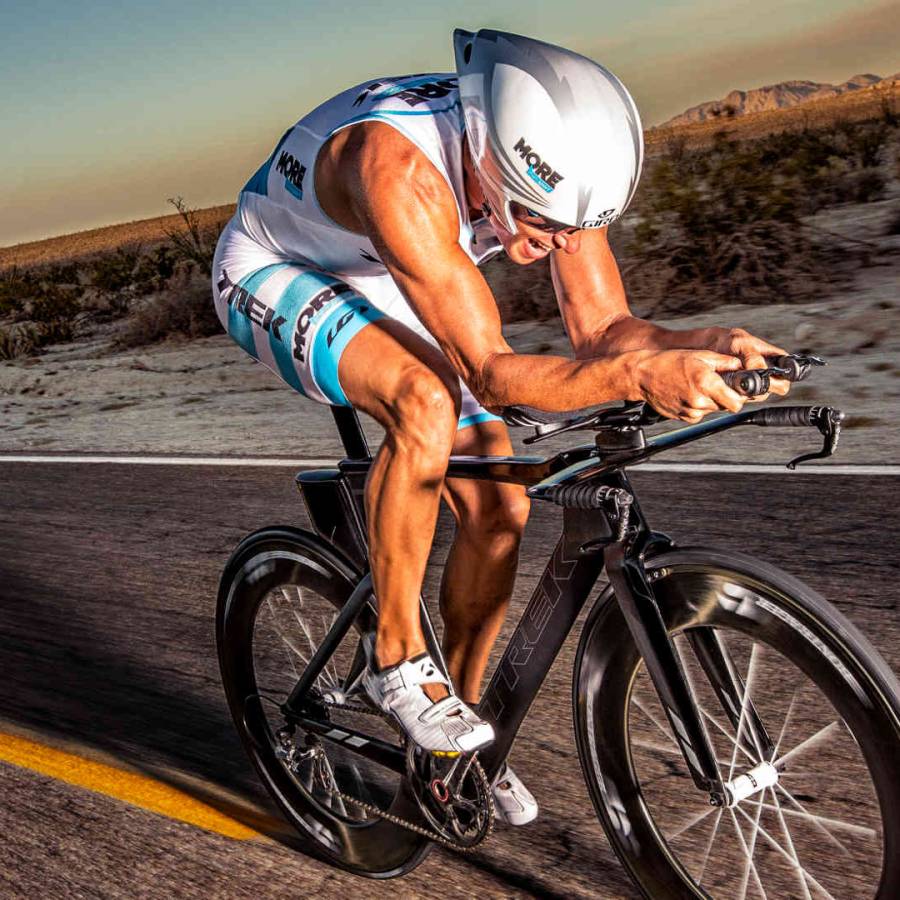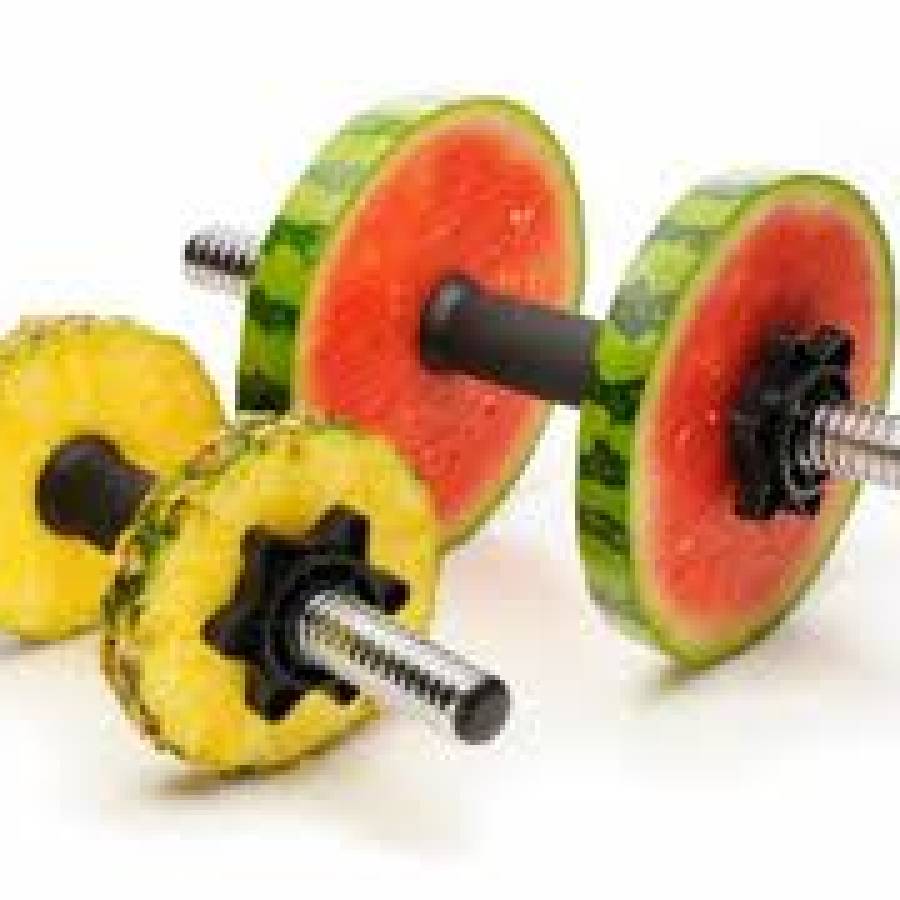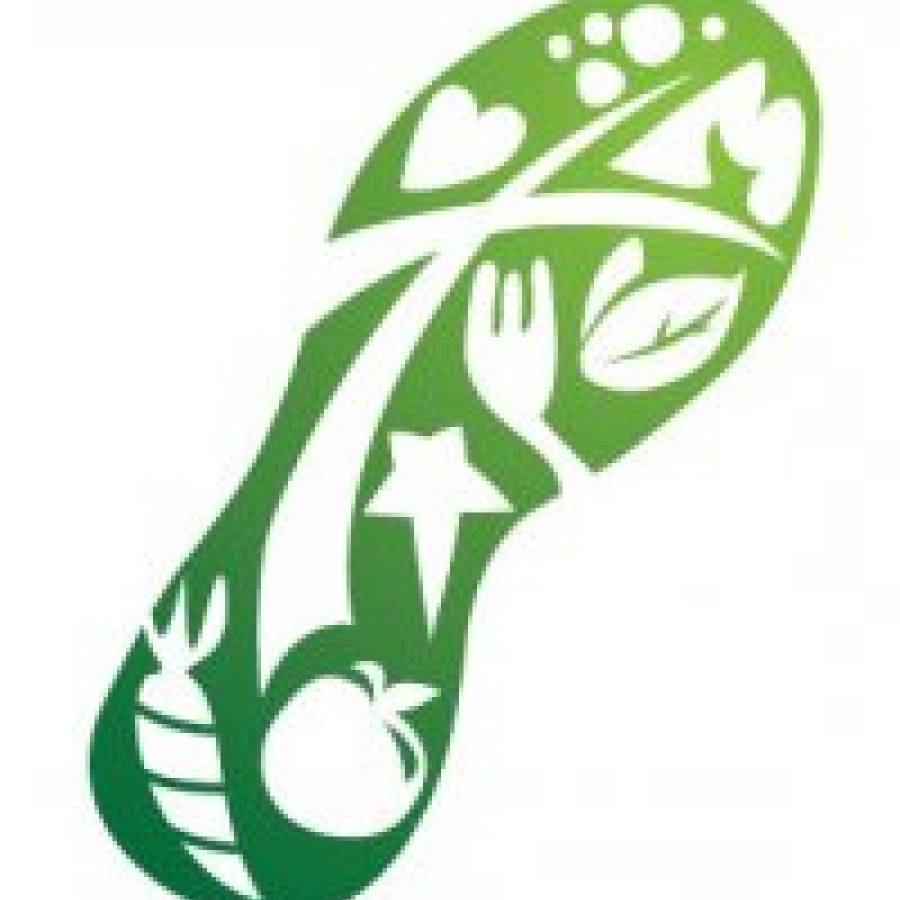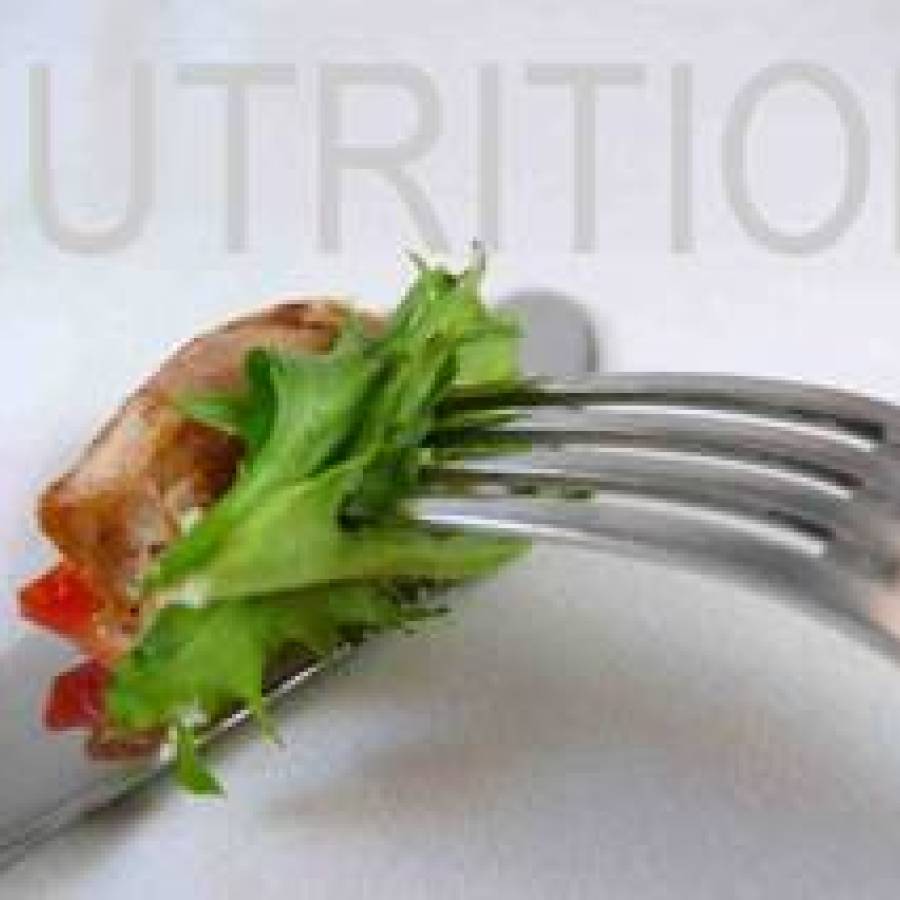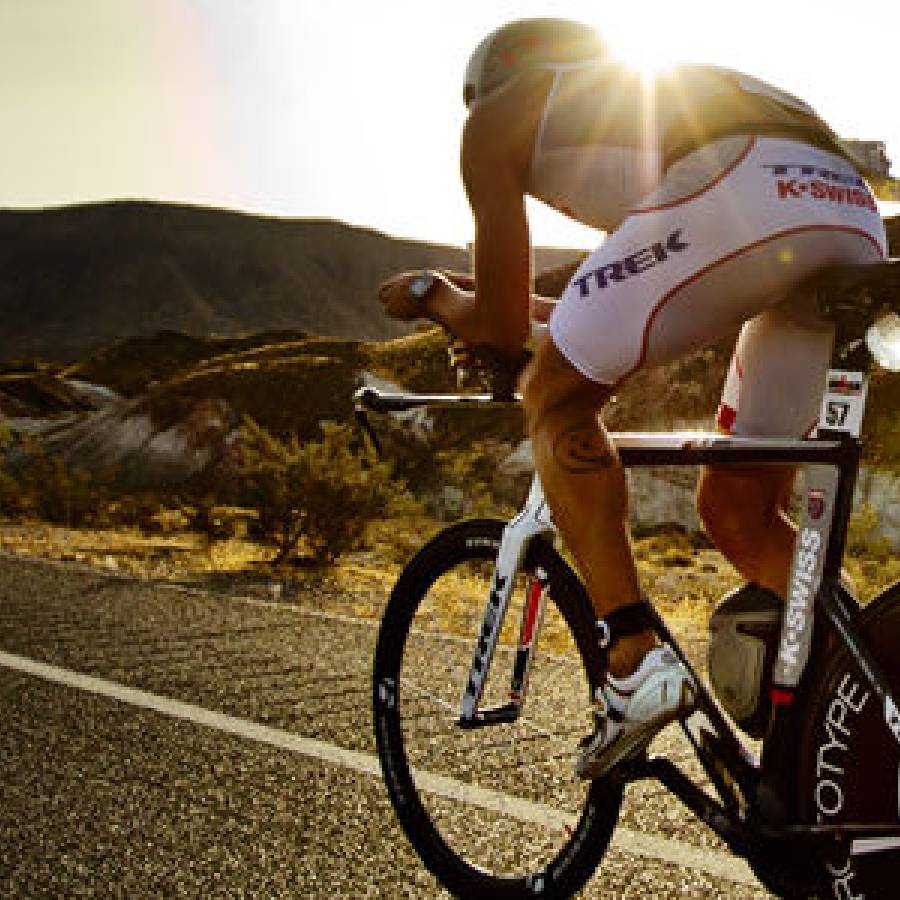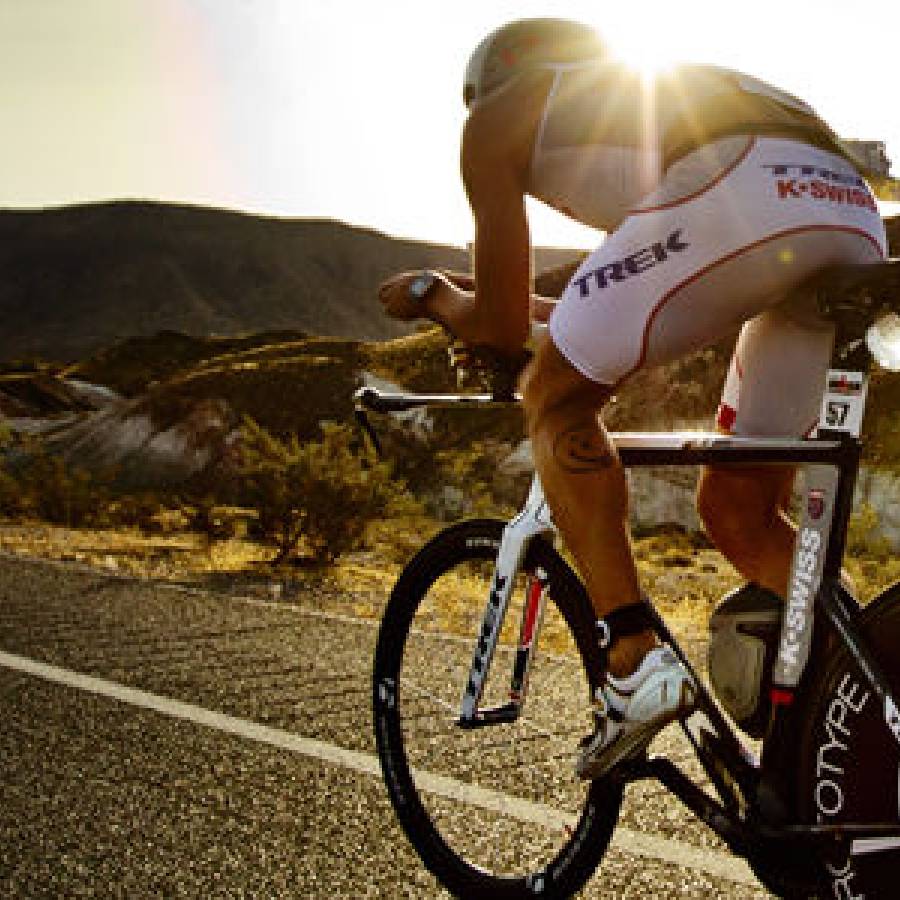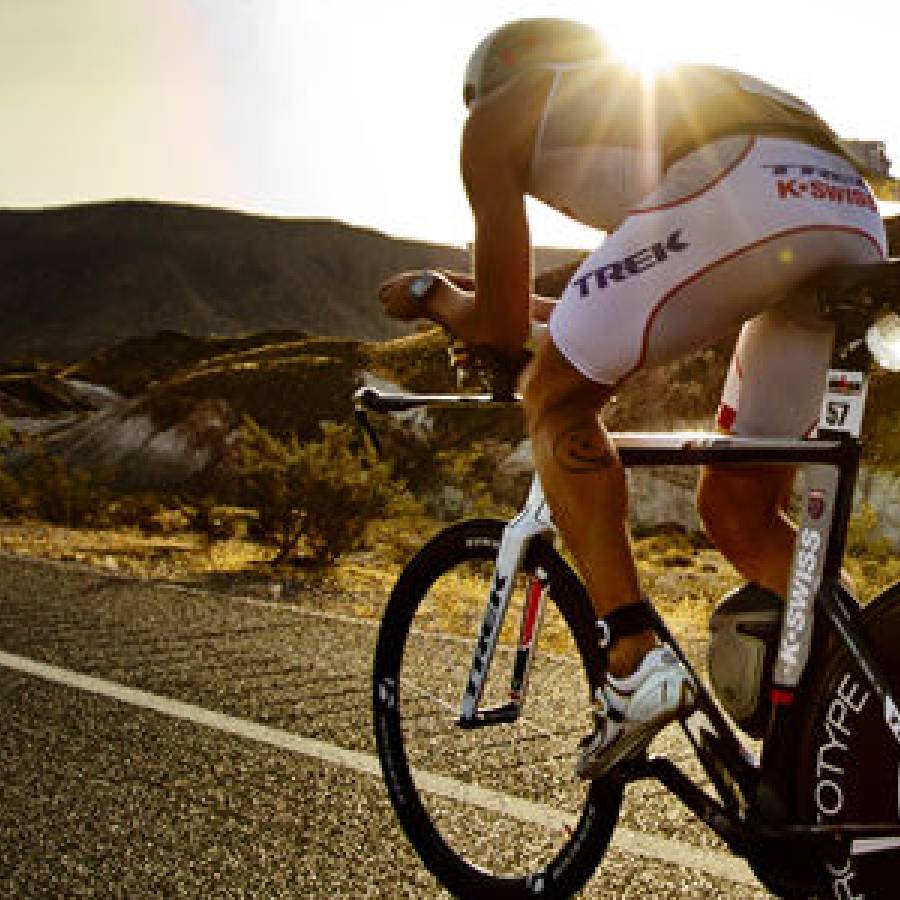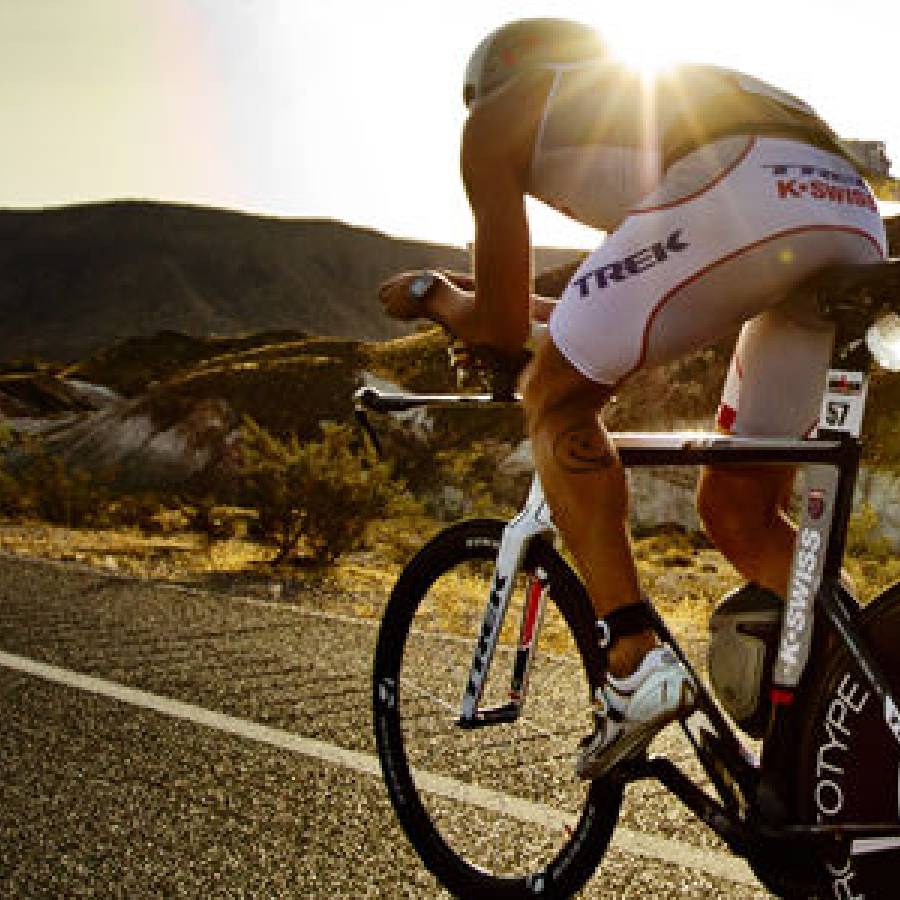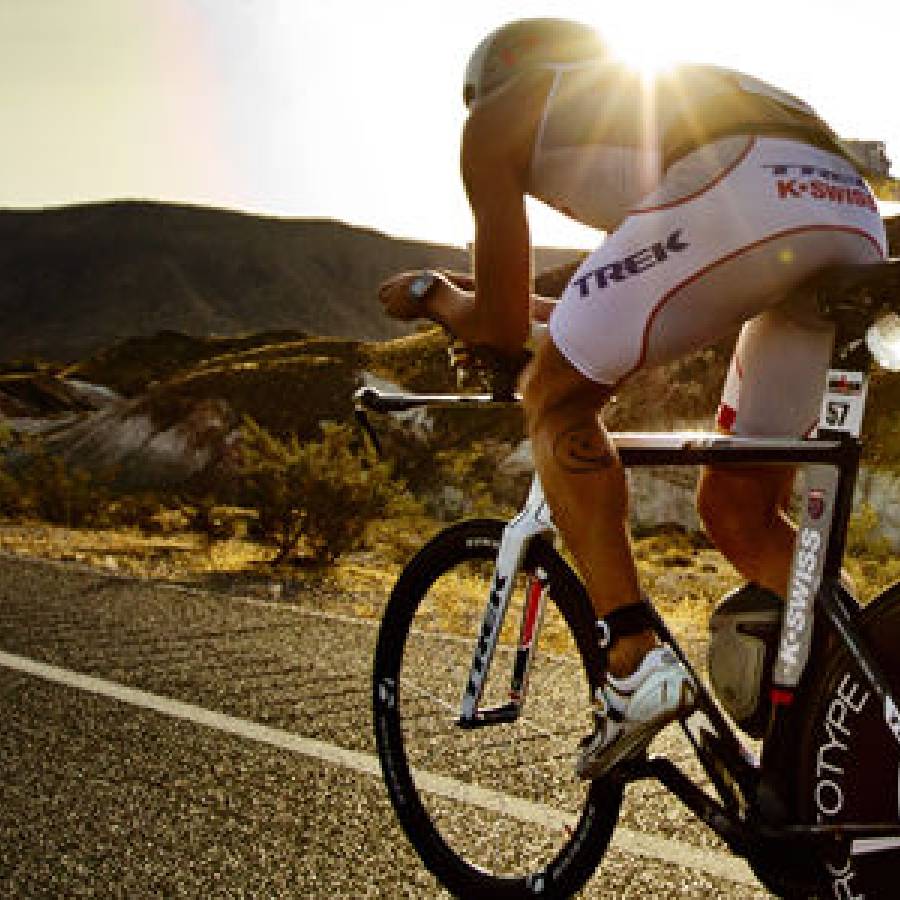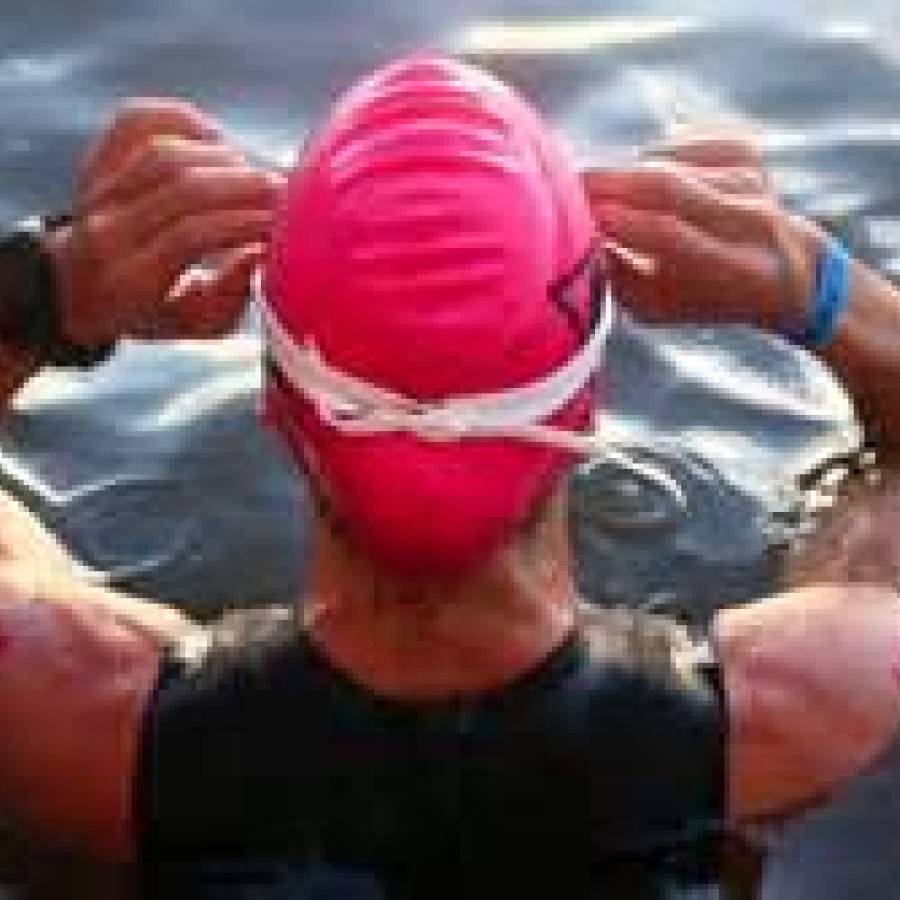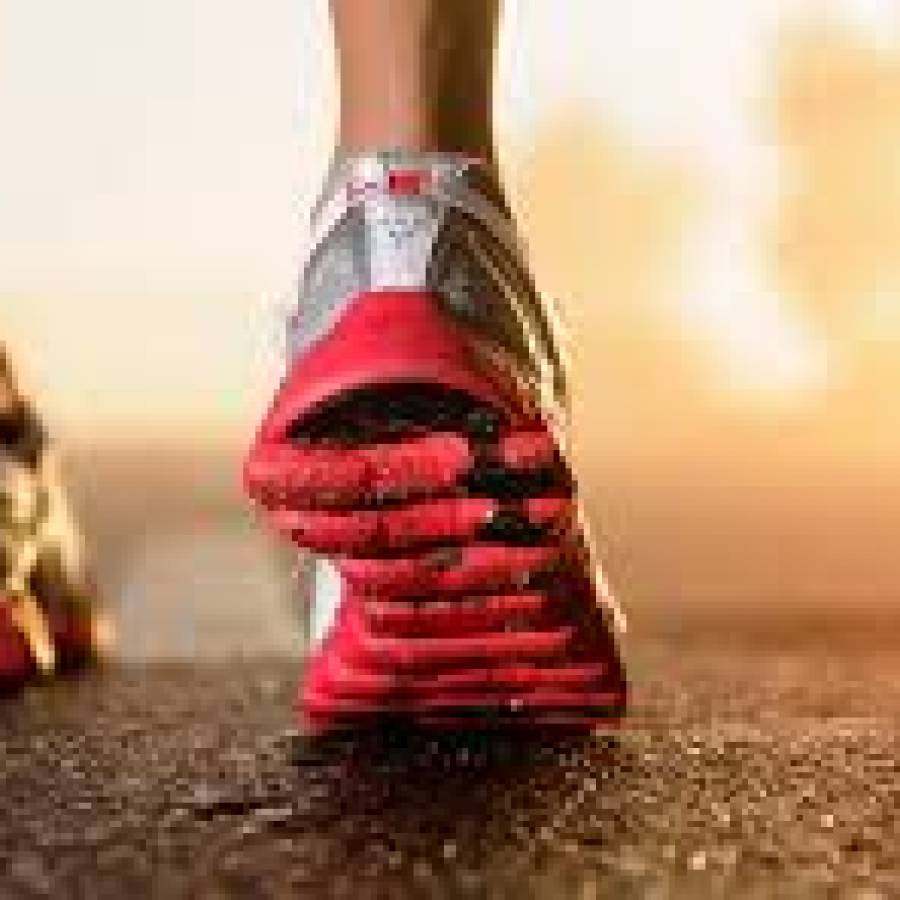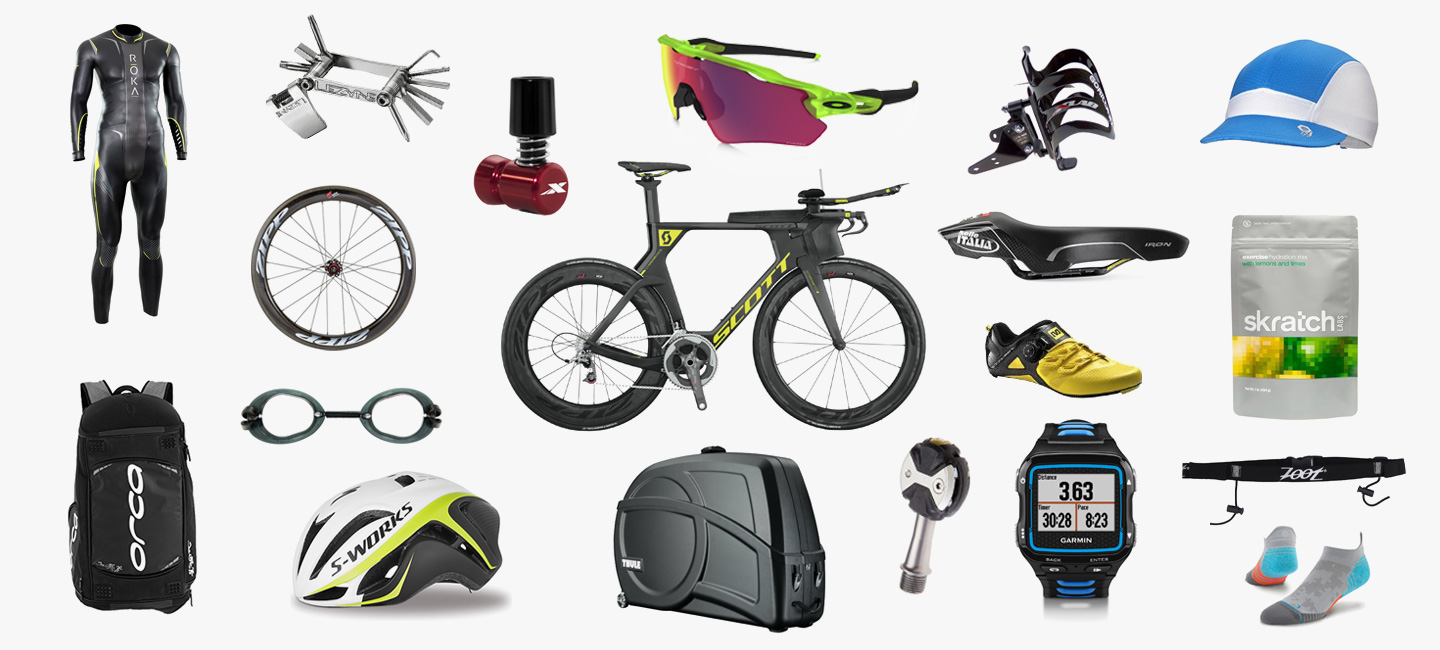
I was reading a compression sock advertisement, camouflaged as an article and realized it was mostly claims, not facts. I can’t tell you how many times I’ve been told….”We’ll Tony I’ve read…” Google Compression Sock Technology and you’ll be hard pressed to find definition or facts. 10 out of 10 results were advertisements or sales. Here is an example…. this article claimed Graduated Pressure, Reduced Fatigue, Improved Circulation, Improved Recovery. Nowhere in the article did it tell us how these claims are accomplished. How does compression work? Is it technology or trend,. Is it for you?
Manufacturers claim compression socks and tights increase oxygen delivery, decrease lactic acid, prevent cramps, and minimize muscle fatigue. These garments have been the hottest item for athletes. But, whether or not the socks and tights deliver as promised has been an open question. Researchers don’t have a clear answer whether or not compression delivers on these claims. The evidence appears anecdotal, but the perceived recovery benefits can’t be denied. There is no doubt many athletes trust compression garments.
Prior to the athletic trend, compression stockings have been used to improve blood flow in the legs. For decades, medical-grade graduated compression socks have been used to combat deep vein thrombosis, or the formation of blood clots. By increasing the circulation and blood flow, research has found the socks to be effective for bed-ridden and inactive patients. Compression stockings gently squeeze your legs to move blood up your legs. This helps prevent leg swelling and, to a lesser extent, blood clots. If you have varicose veins, spider veins, or have just had surgery, your doctor may prescribe compression stockings.
How does this work? Your heart pushes blood through arteries. The further away from the heart the less pressure. Veins are used to transport waste and 02 poor blood back to the heart. This is through some pressure from the heart but generally skeletal muscle contraction. Especially in the legs when walking. As the blood moves up, there are small one way valves to keep the blood from flowing backwards. The last factor in moving the blood is gravity. Like blood returning to the heart from your head. Compression stockings is believed to assist with the movement of blood back towards the heart.
In the medical industry, compression stockings are prescribed to help with:
- Aching and heavy feeling in legs
- Swelling in legs
- Preventing blood clots, especially after surgery or injury when you are less active
The bottom, line is compression socking helps with natural blood flow. Blood moves all bad particles back to the heart away from the muscles. For athletes to get the full benefit, the compression needs to be graduated (tighter at the ankle and decreasing to the hip), fit the individual, and have 22 – 32 mmHg of pressure. There has not been any difference found in brands. Improved recovery, reduced fatigue, and all other claims are based on whether compression technology improves your blood flow. But it does not stop there. Its also dependent on what you put in your body that ends up in your blood.
“Very little evidence exists (ie. two to three studies out of 15-plus) from a sport and exercise perspective that compression garments improve performance when worn during exercise,” said Rob Duffield, a professor at the School of Movement Studies at Charles Sturt University Countless other studies have found no differences in running times, VO2 max, oxygen consumption or heart rates between athletes wearing the socks and those who weren’t. “Most of the research shows that there are no performance benefits,” said sports physiology professor Elmarie Terblanche, from Stellenbosch University in South Africa.
However most studies are done in the lab. One recent a real-world study was conducted following athletes running the Two Oceans ultra-race in South Africa. They found athletes who raced in compression socks, versus those in regular knee-high socks or those without either, had significantly less muscle damage and were able to recover more quickly, with some even ready to train again three days later. Those wearing the socks also ran on average 12 minutes faster.
Terblanche recommends that athletes wear the socks for long sessions and for the 24 hours following. While she acknowledges her study can’t be considered conclusive, because there’s always a chance for a placebo effect in the real world scenario, the recovery findings are in line with other research.
Research on the effectiveness of compression garments in athletic circles has been hit or miss. Multiple studies have found decreases in muscle soreness and perceived fatigue. Some possible increases in blood flow and lymph removal during the recovery period have also been found – though other studies found that wearing the socks after workouts had no greater recovery effect than taking an ice bath.
If athletes like wearing compression and feel the garments are helping their performance and/or recovery (whether it is a true effect or simply a mental reinforcement), then there is no harm. Keep in mind compression garments are one of many factors that may in combination contribute to improved performance and/or recovery. Some of the other factors to consider include proper nutrition, structured training, nutrition, timely rest to name a few.
Train and race smart. –Coach-Tony

